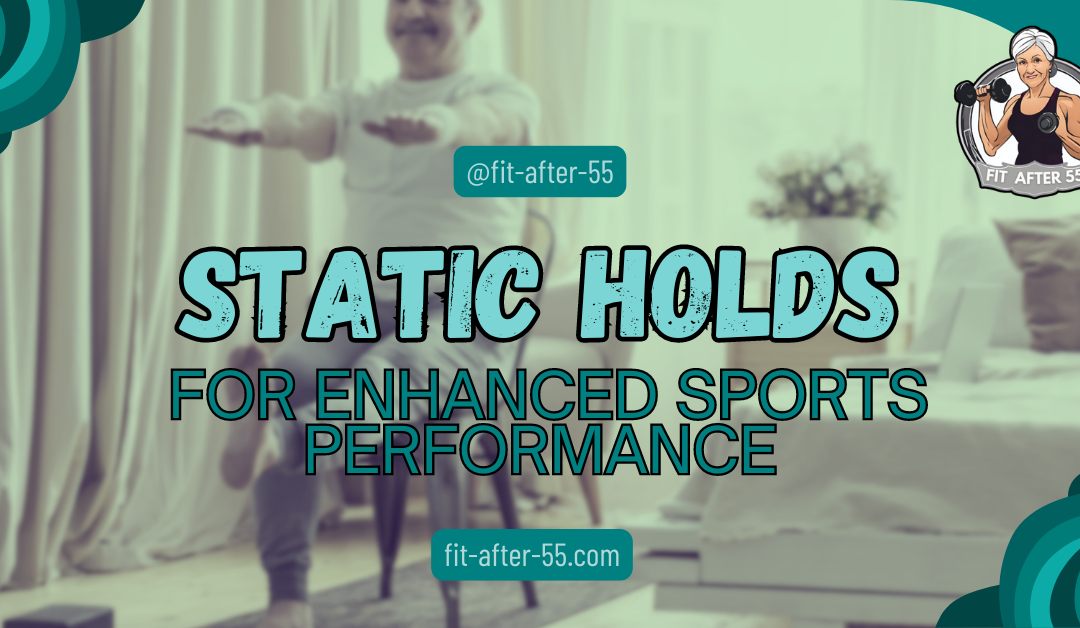Static holds for enhanced sports performance are a powerful tool for athletes of all ages. As someone who’s experienced firsthand the benefits of incorporating static holds into my training routine, I’m excited to share this knowledge with seniors and fitness enthusiasts. Whether you’re a seasoned athlete or just starting your fitness journey, static holds can help you unlock your athletic potential and improve your overall performance.
Static Holds for Enhanced Sports Performance: Unlocking Athletic Potential
Static holds are a powerful tool for athletes looking to boost their performance. These simple yet effective exercises involve holding a specific position for a set amount of time. By doing this, you engage targeted muscles and create tension in your body. Static holds can improve your strength, stability, and technique in various sports movements.
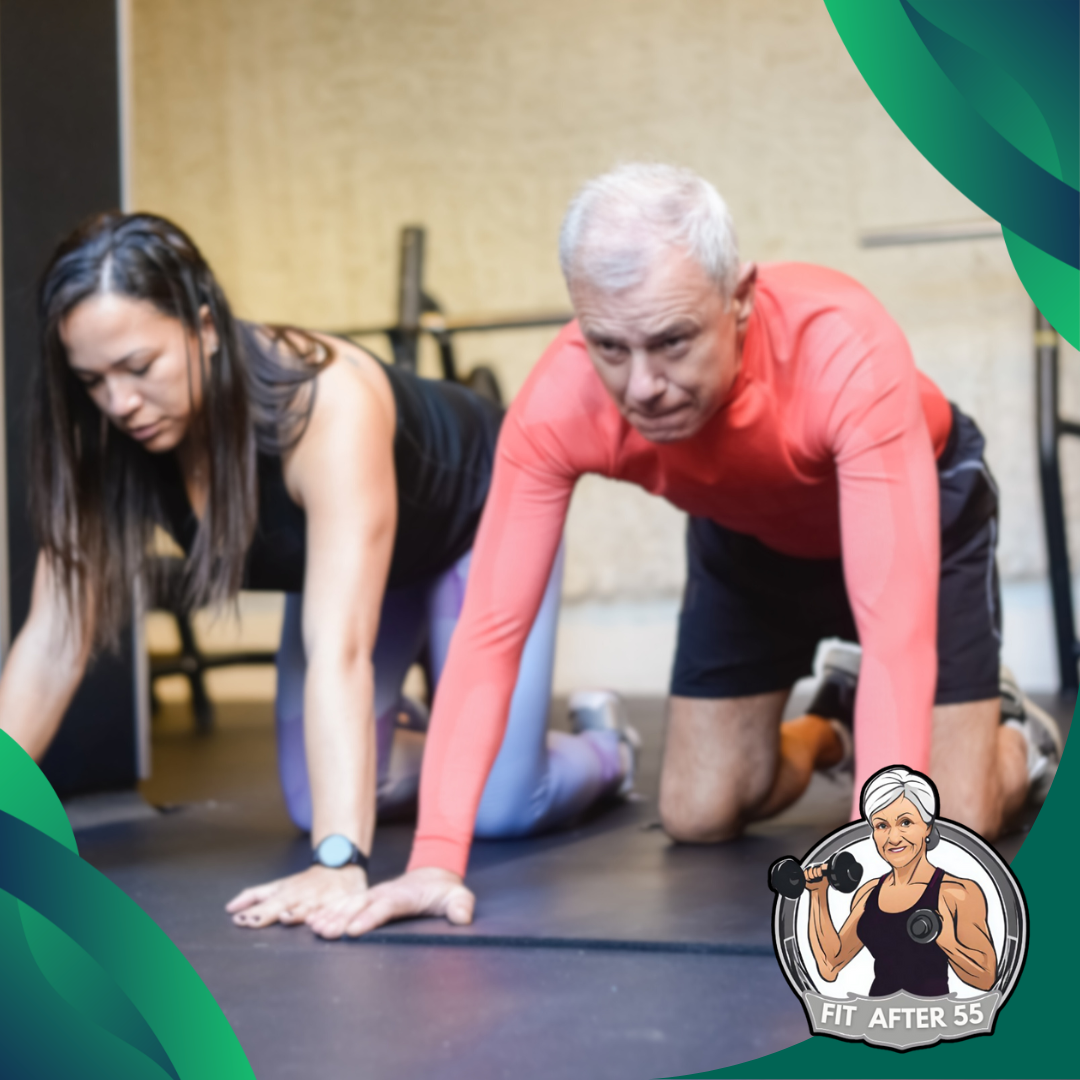
Static hold exercises are versatile and can be adapted to many different sports. For example, a runner might practice holding a single-leg stance to improve balance, while a weightlifter could benefit from holding a barbell at different points during a lift. These exercises can help you pinpoint weak areas in your form and build the strength needed to correct them.
Adding static holds to your training routine doesn’t have to be complicated. You can start by incorporating brief holds into your existing exercises. As you get stronger, you can increase the duration of the holds or add more challenging positions. Regular practice of static holds can lead to better overall performance and reduced risk of injury in your chosen sport.
Key Takeaways
- Static holds improve strength, stability, and technique in sports movements
- You can adapt static holds to various sports and exercises for targeted training
- Regular practice of static holds can enhance performance and reduce injury risk
The Science of Static Holds
Static holds involve keeping muscles under tension without movement. This type of exercise activates muscles, engages energy systems, and leads to neuromuscular changes. Let’s look at the science behind these effects.
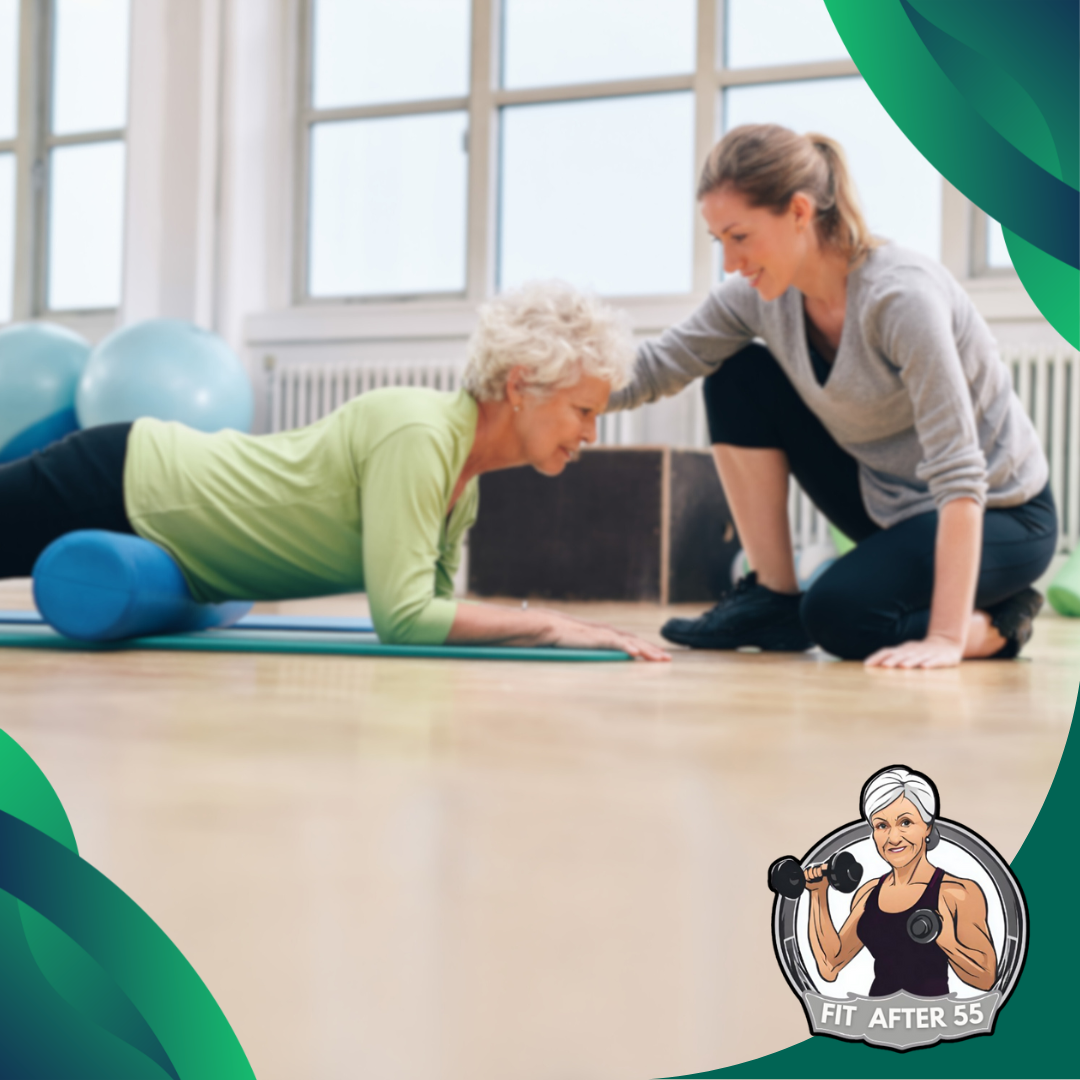
Muscle Activation During Static Holds
Static holds keep your muscles under tension longer. This leads to muscle breakdown, which is key for getting stronger. When you do a static hold, your muscles work hard to maintain the position.
Different holds target specific muscle groups. For example:
- Plank holds work your core muscles
- Wall sits focus on your leg muscles
- Chin-up holds target your back and arm muscles
Your body recruits more muscle fibers the longer you hold a position. This increased activation can help improve muscle strength and endurance over time.
Energy Systems Involved
Static holds use different energy systems based on how long you hold them. Short holds of 10-30 seconds mainly use the ATP-PC system. This system provides quick energy without oxygen.
For longer holds, your body starts to use the glycolytic system. This system breaks down glucose for energy. As you hold a position even longer, your aerobic system kicks in.
Using these energy systems can help improve:
- Muscular endurance
- Cardiovascular fitness
- Overall stamina
The mix of energy systems used makes static holds a great addition to your workout routine.
Neuromuscular Adaptations
Static holds can lead to important changes in your nervous system. These changes help improve the connection between your brain and muscles.
When you do static holds, your body learns to:
- Recruit more muscle fibers
- Coordinate muscle groups better
- Improve muscle firing patterns
These adaptations can enhance your strength and muscle control. You may notice better balance and stability in your daily activities and sports.
Regular practice of static holds can also increase your mind-muscle connection. This improved awareness can help you perform other exercises with better form and control.
Types of Static Holds in Sports Training
Static holds are powerful tools for athletes looking to boost their performance. These exercises come in different forms, each targeting specific aspects of physical fitness and sports skills.

Isometric Exercises for Strength
Isometric exercises involve holding a position without movement. They can increase muscle strength and endurance. To do an isometric hold:
- Choose a position specific to your sport.
- Hold it for 10-30 seconds.
- Repeat 3-5 times.
Common isometric exercises include planks, wall sits, and chin-up holds. These help build core strength, leg power, and upper body endurance.
Endurance-Based Static Training
Endurance-based static holds focus on maintaining a position for longer periods. This type of training improves muscular stamina and mental toughness.
Examples include:
- Hollow holds for core endurance
- Handstand holds for gymnasts
- Front rack holds with kettlebells for weightlifters
Start with shorter hold times and gradually increase as your endurance improves. Aim for 30-60 second holds, repeating 2-3 times per session.
Dynamic vs. Static Training
While dynamic training involves movement, static training keeps muscles under constant tension. Both have their place in a well-rounded training program.
Benefits of static training:
- Improves joint stability
- Enhances mind-muscle connection
- Targets specific muscle groups
Dynamic training complements static holds by improving power and speed. Combine both for optimal results in your sport.
Sport-Specific Static Exercises
Tailor static holds to your sport for the best results. Olympic lifters use static holds to improve technique and strength in key positions.
Examples:
- Swimmers: Streamline holds against a wall
- Martial artists: Horse stance holds
- Climbers: Dead hangs on a pull-up bar
Practice these holds 2-3 times per week. Start with 3 sets of 10-second holds and progress to longer durations as you get stronger.
Integrating Static Holds into Training Regimens
Static holds can boost your sports performance when added to your workouts. They build strength and endurance in key positions. Here’s how to use them well.
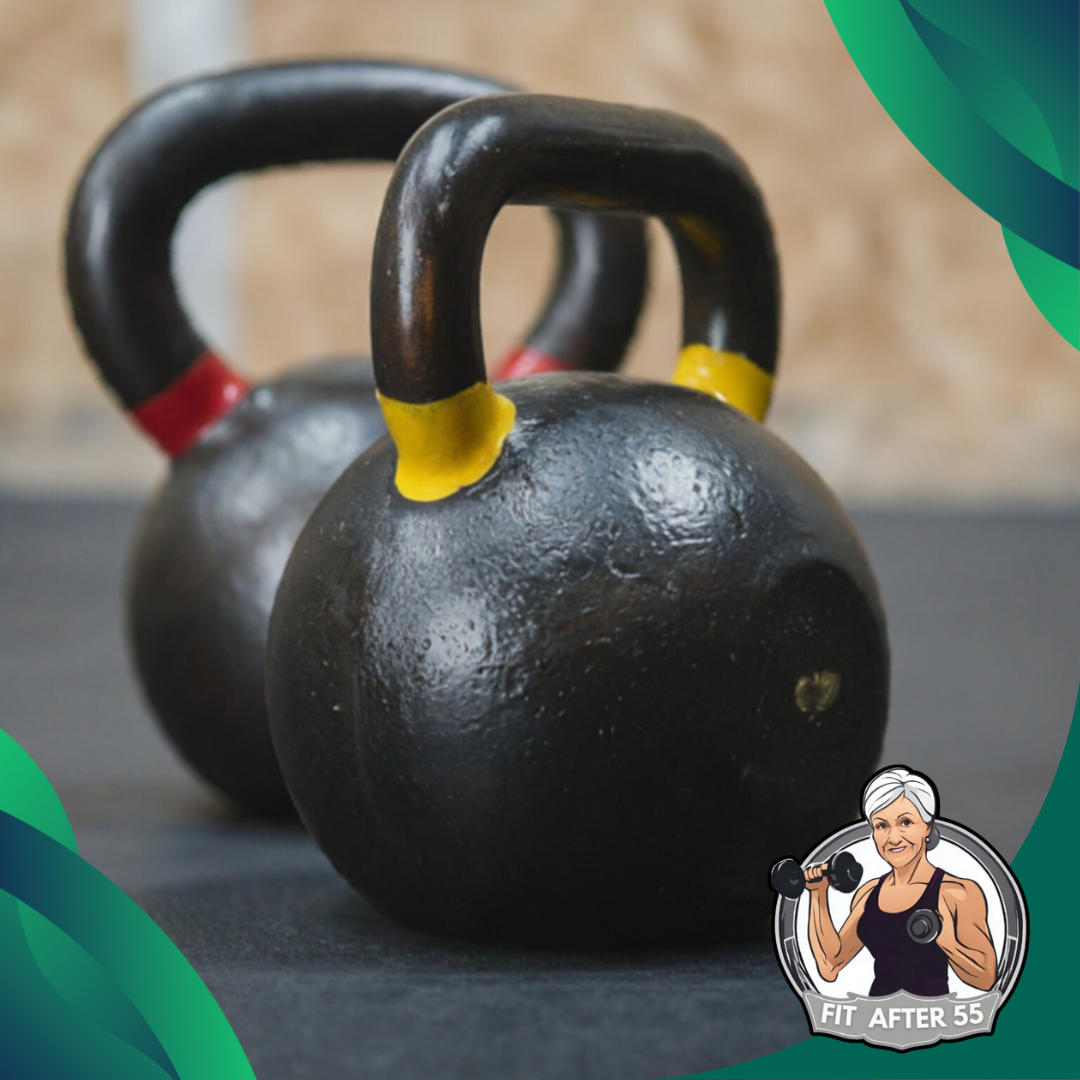
Programming Considerations
Start by picking the right static holds for your sport. Choose positions that match key moments in your game. For example, a baseball player might hold a bat swing position.
Plan when to do static holds in your workout. They work well at the end of training or on light days. This lets you focus on form without being tired.
Set clear goals for each hold. Aim for time or difficulty. You might start with 10-second holds and work up to 30 seconds or more.
Mix static holds with your regular training. Don’t replace all dynamic moves. Instead, use holds to add extra challenge and variety.
Recovery and Frequency
Give your body time to recover after static hold workouts. They can be tough on your muscles and joints. Start with 1-2 sessions per week.
Listen to your body. If you feel very sore, take an extra rest day. As you get stronger, you can do static holds more often.
Drink plenty of water before and after your workouts. This helps your muscles recover faster.
Use light stretching or foam rolling on rest days. This can help ease any tension from the static holds.
Progression and Overload
Slowly make your static holds harder over time. This helps you keep getting stronger. You can do this in a few ways:
- Hold for longer times
- Use heavier weights
- Try harder positions
Keep track of your progress. Write down how long you hold each position and what weight you use. This helps you see your improvements.
Don’t rush to make things harder. Small, steady increases work best. Add 5 seconds or a little more weight each week.
Combining Static and Dynamic Movements
Mix static holds with moving exercises for the best results. This trains your muscles in different ways. For example, do a static squat hold after regular squats.
Try “moving holds” too. Hold a weight steady while moving other parts of your body. This challenges your muscles in new ways.
Use static holds to fix weak points in your form. If you struggle at a certain part of a lift, practice holding that position.
Add static holds to your warm-up. Short holds can prepare your muscles for the workout ahead. Just don’t tire yourself out before the main exercises.
Benefits of Static Holds for Athletes
Static holds offer athletes several advantages for improving their performance and physical condition. These exercises can help you in multiple ways, from preventing injuries to building strength.
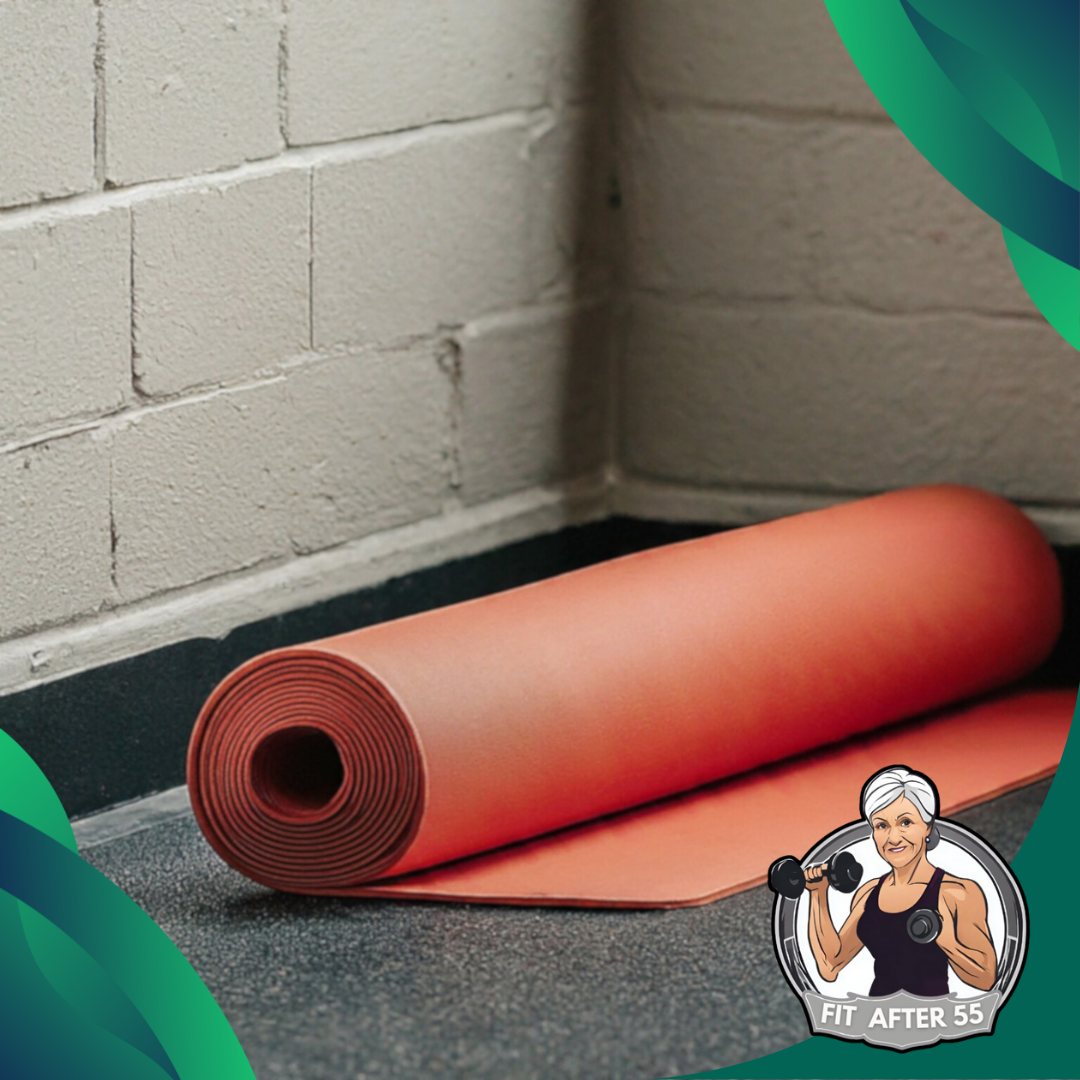
Injury Prevention and Rehabilitation
Static holds can play a crucial role in keeping you injury-free and aiding recovery. By holding positions for extended periods, you strengthen the stabilizing muscles around your joints. This increased stability helps protect against common sports injuries.
For rehab, static holds allow you to strengthen muscles without putting too much stress on healing tissues. You can start with gentle holds and gradually increase the time and intensity as you recover.
Static holds also improve your body awareness and control. This better sense of positioning can help you avoid awkward movements that might lead to injury during sports or training.
Increased Muscular Control and Stability
Static holds boost your muscular control and stability, which are key for many sports. By maintaining a fixed position, you train your muscles to work together more effectively.
This improved coordination can help you:
- Maintain proper form during complex movements
- React faster to changes in your environment
- Stay balanced in challenging positions
For example, a gymnast might use static holds to perfect their handstand, while a football player could use them to improve their stance and push-off power.
Strength Gains and Muscle Hypertrophy
Static holds can lead to significant strength gains and muscle growth. When you hold a challenging position, your muscles are under constant tension. This prolonged tension stimulates muscle breakdown, which leads to growth when your body repairs the muscle fibers.
Some benefits of static holds for strength and muscle building include:
- Increased time under tension, a key factor for muscle growth
- Improved mind-muscle connection
- Better muscle endurance
You can use static holds to target specific muscle groups that need extra attention in your training program.
Enhanced Core Strength
Static holds are excellent for developing a strong core. Many static hold exercises, like planks or hollow holds, directly target your core muscles. A strong core is crucial for athletes in nearly every sport.
Benefits of a stronger core from static holds include:
- Better posture and spinal alignment
- Improved power transfer between upper and lower body
- Reduced risk of lower back injuries
By incorporating exercises like wall sits or planks, you can significantly boost your core strength. This enhanced core stability will help you perform better in your sport and daily activities.
Case Studies
Static holds have proven effective across various sports. Athletes in different disciplines have seen improvements in strength, stability, and performance by incorporating isometric exercises into their training routines.
Static Holds in Gymnastics
Gymnasts use static holds to build incredible strength and control. The iron cross on rings is a prime example. This move requires holding the arms straight out to the sides while suspended. To train for it, gymnasts do partial holds and progressions.
Other static holds in gymnastics include:
- Handstands
- L-sits on parallel bars
- Planche holds
These exercises help gymnasts develop the strength and body control needed for complex movements. By holding challenging positions, they build muscle endurance and joint stability crucial for their routines.

Impact on Martial Arts Performance
Martial artists benefit greatly from static holds. These exercises improve balance, core strength, and striking power. In karate, practitioners hold low stances like horse stance for extended periods. This builds leg strength and stability.
Other effective static holds for martial arts include:
- Wall sits
- Plank variations
- Isometric punches and kicks
These exercises help fighters maintain proper form during intense bouts. By holding fighting stances, they enhance muscle endurance and technique under pressure. This translates to better performance in competitions and sparring sessions.
Application in Strength Sports
Powerlifters and weightlifters use static holds to break through plateaus and improve their lifts. Paused bench presses, where you hold the bar at the bottom, are a common example. This technique builds strength in the hardest part of the lift.
Other effective static holds for strength athletes:
- Rack pulls (holding a heavy deadlift at the top)
- Overhead lockouts
- Isometric squats
These exercises target specific weak points in lifts. By holding heavy weights in challenging positions, strength athletes maximize muscle hypertrophy and neural adaptations. This leads to new personal records and improved overall strength.
Success Stories in Team Sports
Many team sport athletes have seen success with static holds. In soccer, goalkeepers use wall sits to improve their ability to stay low and react quickly. Basketball players do isometric lunges to enhance their defensive stance endurance.
Examples of static holds in team sports:
- Isometric push-ups for volleyball players
- Wall sits for hockey goalies
- Plank holds for baseball pitchers
These exercises help athletes maintain proper form during long games. By incorporating static holds, team sport players improve their sport-specific performance and reduce injury risk. This leads to better on-field results and longer, healthier careers.
Instructional Techniques for Coaches and Trainers
Effective coaching of static holds requires clear communication, proper assessment, and a strong focus on safety. These key elements help athletes maximize their training benefits while minimizing injury risks.

Cueing and Spotting for Static Holds
When instructing athletes on static holds, use clear and concise cues. Focus on key body positions and muscle engagement. For example, during a plank, cue “squeeze your glutes” and “pull your belly button to your spine.”
Use visual demonstrations to show proper form. This helps athletes understand the correct positioning.
Hands-on spotting can be crucial for static holds. Place your hands on the athlete’s body to guide them into the right position. This tactile feedback reinforces proper alignment.
Encourage controlled breathing throughout the hold. Remind athletes to breathe steadily and avoid holding their breath.
Assessing Athlete Performance
Monitor form closely during static holds. Look for signs of fatigue like shaking or loss of proper alignment.
Use a stopwatch to track hold times. This provides objective data on progress.
Consider using video analysis to review form. This allows for detailed feedback after the session.
Set specific goals for each athlete based on their current abilities. Gradually increase hold times or difficulty as they improve.
Provide constructive feedback on technique and progress. Highlight areas of improvement and suggest adjustments.
Safety Considerations
Always prioritize proper form over hold duration. It’s better to maintain a shorter hold with good technique than a longer one with poor form.
Teach athletes to recognize their limits. Encourage them to stop if they feel pain or excessive strain.
Ensure a proper warm-up before static hold training. This prepares muscles and joints for the stress of prolonged contractions.
Incorporate adequate rest periods between holds. This prevents overexertion and reduces injury risk.
Be mindful of an athlete’s existing injuries or limitations. Modify holds as needed to accommodate individual needs.
Measuring the Effectiveness of Static Holds
Static holds can boost sports performance when done right. Tracking progress and adjusting your routine are key. Let’s explore how to measure and improve your static hold training.

Tools and Technologies
To measure static holds, you’ll need the right tools. A stopwatch or timer app is essential for tracking hold duration. For resistance, use weights, resistance bands, or machines with adjustable loads.
Force plates can measure the exact force you produce during holds. These high-tech devices give precise data on your strength output.
Wearable sensors are another option. They track muscle activation and fatigue during holds. This tech can help you fine-tune your form and effort.
Video analysis tools let you review your technique. You can spot weak points and improve your posture during holds.
Key Performance Indicators
Time under tension is a crucial metric for static holds. Aim to increase how long you can maintain the hold.
Resistance level is another key indicator. As you get stronger, you should be able to hold more weight or use higher resistance settings.
Muscle activation is important too. You want to feel the target muscles working hard during the hold.
Recovery time between holds can show your endurance. As you improve, you’ll need less rest between sets.
Form quality is vital. A perfect hold with less time is better than a sloppy one held longer.
Track these indicators in a workout log or app. This helps you see progress over time.
Feedback Loops and Adjustments
Regular testing is crucial to improve your static holds. Set benchmark tests every few weeks to check your progress.
If you’re not seeing gains, adjust your routine. You might need to increase hold time, add resistance, or change your training frequency.
Listen to your body’s feedback. Muscle soreness is normal, but pain isn’t. Adjust your training if you feel pain.
Work with a coach or trainer for expert feedback. They can spot issues you might miss and suggest tweaks to your technique.
Use video recordings to self-assess your form. Compare current videos to past ones to see improvements in your posture and stability.
Set clear goals for each static hold exercise. This gives you targets to work towards and helps you stay motivated.
Challenges and Limitations of Static Training
Static training can be tough on your body and mind. It requires careful planning and execution to avoid issues. Let’s look at some key challenges you might face.
Potential for Overtraining
Static holds put a lot of strain on your muscles and joints. This can lead to overtraining if you’re not careful. You might feel very sore or tired after static workouts. Your muscles need time to recover.
Resistance training can improve strength and power. But too much can hurt your performance. Watch for signs like constant fatigue or decreased strength. These may mean you’re overdoing it.
Take rest days between static training sessions. This helps prevent burnout and injury. Start with shorter hold times and gradually increase them. This lets your body adapt safely.
Individual Variability in Response
Not everyone responds the same way to static training. Your genetics, fitness level, and recovery ability all play a role. Some people see quick gains, while others progress more slowly.
You might find certain static exercises work well for you, but others don’t. This is normal. Pay attention to how your body reacts. Adjust your training plan based on what you observe.
Keep a training log to track your progress. Note which static holds feel most effective. This helps you tailor your workouts to your needs.
Balancing Static and Dynamic Loads
Focusing only on static training can limit your overall athletic performance. You need a mix of static and dynamic exercises for well-rounded fitness. Static stretching can improve flexibility but may reduce power in the short term.
Try to balance your static holds with dynamic movements. This helps you develop strength in different ways. For example, pair static wall sits with dynamic squats.
Consider your sport’s demands when planning your training. Some activities need more static strength, others more dynamic power. Adjust your workout mix accordingly to get the best results.
Future Directions in Static Hold Research and Application
Static hold training is evolving rapidly. New research and innovative techniques are shaping how athletes and coaches approach this method. Let’s explore what’s on the horizon for static holds in sports performance.
Emerging Trends in Sports Science
Scientists are looking at how static holds affect different muscle fibers. This could lead to more targeted training programs. You might soon see workouts designed to activate specific fiber types.
Researchers are also studying the impact of static holds on joint health. Early findings suggest they may help stabilize joints and prevent injuries.
Brain imaging during static holds is another exciting area. It could reveal how these exercises influence neural pathways and motor control.
Wearable tech is becoming more advanced. You’ll likely see devices that can measure muscle tension during static holds, allowing for precise load management.
Innovative Techniques in Training
Coaches are experimenting with variable resistance in static holds. You might try holds where the weight changes slightly during the exercise, challenging your muscles in new ways.
Virtual reality is entering the static hold scene. You could soon do your holds in immersive environments, making training more engaging and potentially more effective.
Combination exercises are gaining popularity. These blend static holds with dynamic movements, offering a fresh take on traditional workouts.
Personalized static hold programs based on genetic testing are on the horizon. Your DNA could determine the ideal hold durations and frequencies for your body.
Time-under-tension protocols are becoming more sophisticated. You’ll see training plans that precisely control how long you hold each position for optimal results.
Static Holds for Enhanced Sports Performance: A Powerful Tool for Athletes of All Ages
Static holds offer a versatile and effective approach to improving athletic performance. By incorporating these exercises into your training routine, you can enhance strength, stability, and technique in various sports movements. Whether you’re a seasoned athlete or just starting your fitness journey, static holds can help you unlock your athletic potential and achieve your goals.
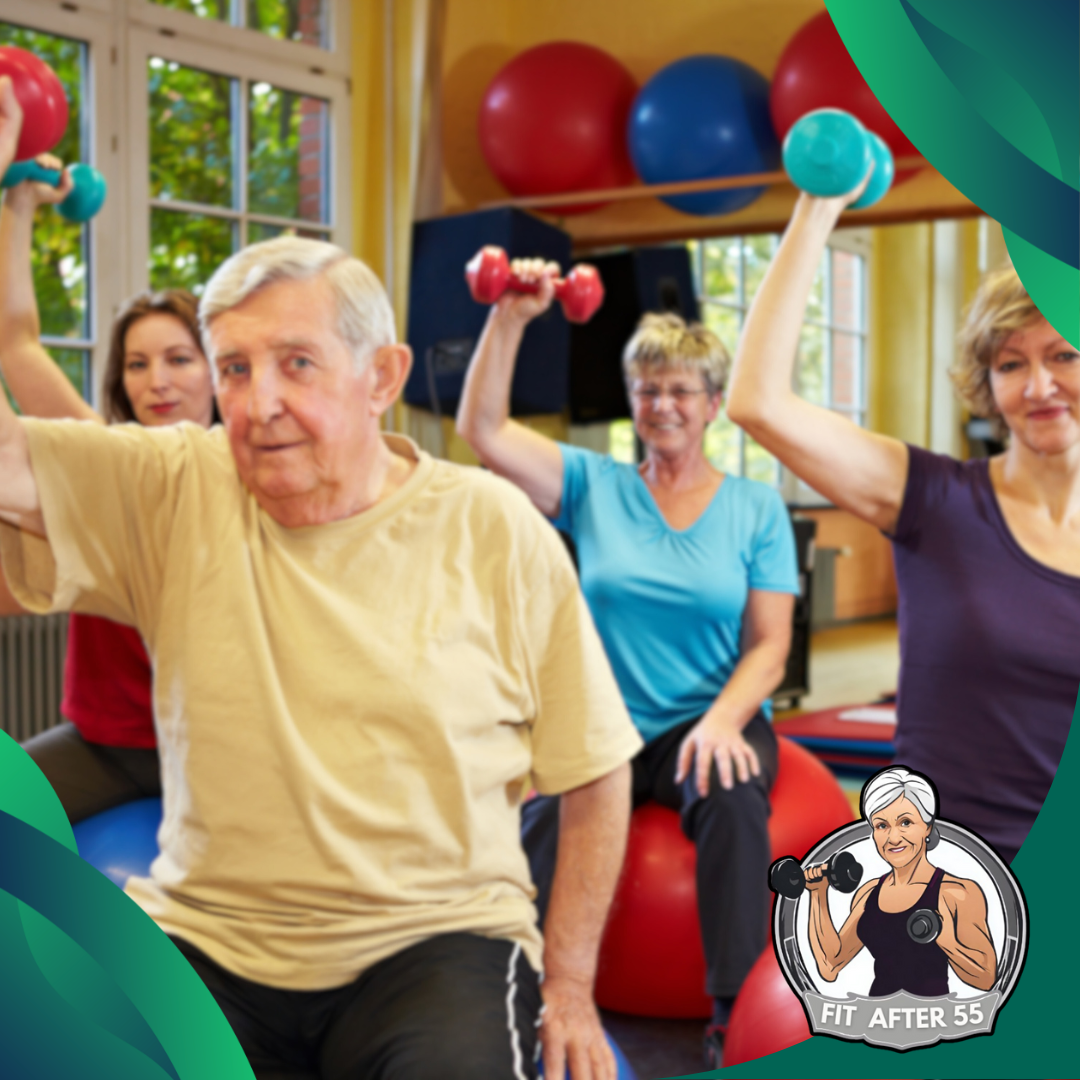
Remember, consistency is key when it comes to static hold training. By regularly practicing these exercises, you can build a strong foundation for success and experience the many benefits they offer. So, start incorporating static holds into your workouts today and discover the transformative power of this simple yet effective technique.
Frequently Asked Questions
Static holds are powerful tools for enhancing sports performance. They build strength, stability, and endurance in key muscle groups. Let’s explore some common questions about using static holds in athletic training.
What are the benefits of incorporating static holds into a sports training regimen?
Static holds can boost strength and grip. They improve muscle endurance and joint stability. These exercises also enhance mind-muscle connection and body awareness.
Static holds are great for developing isometric strength. This type of strength is crucial in many sports movements.
How can static hold exercises improve athletic performance?
Static holds can enhance an athlete’s ability to maintain proper form under stress. They build core strength, which is vital for balance and power transfer.
These exercises also improve posture and body control. Better posture and control can lead to more efficient movement in sports.
What is the ideal duration for static hold exercise to maximize its effectiveness?
For beginners, holding a position for 2-5 seconds is a good start. As you get stronger, you can increase the duration.
Aim for 10-30 seconds per hold. The exact time depends on your fitness level and goals. Gradually increase hold times as you progress.
Can static holds contribute to muscle hypertrophy in athletes?
Yes, static holds can help build muscle size. They create constant tension in the muscles, which stimulates growth.
For best results, combine static holds with dynamic exercises. This approach targets muscles in different ways, promoting overall growth.
How do static holds compare to dynamic exercises in terms of improving strength?
Static holds and dynamic exercises both build strength, but in different ways. Static holds improve isometric strength and endurance.
Dynamic exercises develop strength through a range of motion. Using both types of exercises gives you a well-rounded strength program.
What are some effective static hold exercises for developing stability and core strength?
Plank holds are excellent for core strength. They target multiple muscle groups at once.
Wall sits build lower body strength and endurance. Handstand holds challenge your entire body and improve balance.
Barbell static holds are great for grip strength. They also engage your back, shoulders, and core muscles.
Unleash Your Inner Athlete: Static Holds for Seniors & Fitness Enthusiasts
Static holds are a game-changer for boosting performance and reducing injuries!
Ready to unlock your potential? Visit our website (fit-after-55.com) for engaging content, insightful product reviews, and a supportive community passionate about fitness at every age. Join us on Facebook (https://www.facebook.com/profile.php?id=61557390788711) to connect with fellow fitness enthusiasts!

